Book Review: The Virago Book of Witches by Shahrukh Husain

To finish up my Halloween reading streak, I finished the The Virago Book of Witches by Shahrukh Husain this past weekend. Not likely a book you are supposed to read straight through in a few days (although that’s what I did), it offers over 50 stories about witches from various cultures around the world. Many of the tales I recognized elements of, while others made me laugh out loud, and some just left my confused. It’s extremely comprehensive, originally published in 1993 and re-released in 2019. I’m curious if anyone has come across this book before, considering how long it has been around, so let me know in the comments!
Book Summary
Containing 59 stories in addition to a preface and introduction from the author, this is 300+ pages on all things witches, from all over the world. Some stories are only a page long, while others run up to 10 pages. Divided into general categories like “Alluring Women and Ailing Knights” and “Hungry Hags: Cannibals and Blood-Suckers” each section is dedicated to a kind of witch that we are most used to seeing. Each story includes a title, and the general area or culture that it came from. There was one from Canada, and many were Irish and Scottish, some were Chinese, Japanese, one came from Central Africa (Congo), etc. All are written or translated into English, but some used a different dialect, so the stories from Scotland used a form of English that many would consider slang, but is likely a more genuine reflection of how that story would be told. In some cases, words were used that I had never seen, but they weren’t so pivotal to the story that I felt I needed to look them up. Many of the stories had similar elements but were pieced together in different ways, which is referenced in the author’s introductions. Not quite spooky, these stories read more like fairy tales, or myths, and in many cases, warnings. In most there is a clear right and wrong way to act, and the characters are punished or rewarded accordingly.
My Thoughts
The preface gives a thorough analysis of the archetype of a witch, and why it continues to fascinate us today, referencing the resurgence in the interest of witches through celebrity and fashion. Husain looks at witches through a contemporary lens here, but also gives context to the stories and how they fit into our belief of the supernatural over time. She admits to choosing some of the stories for this collection simply because they made her laugh, which I could relate to as well. Witches have often been a symbol of feminism, their historical persecutions coming down to little more than fear of the ‘other’, or simply an outspoken woman:
“The spirit of the courageous, if sometimes foolhardy, reactions of women accused of malicious witchcraft in the early modern period, I believe, has provided a release today for the long-forbidden anger of women. The history and folklore of witches can tell us about the marginalisation and resistance of contemporary women.”
-p.xii of The Virago Book of Witches by Shahrukh Husain
Having read this preface first, I read the following stories with a sharper eye as to how the witches themselves were described; they weren’t always the villains, but they were always depicted as dangerous. Sometimes beautiful, sometimes hideous (their appearances were also commented on), they always had an element of magic or manipulation, thus, people were wary of them. Their intentions were always suspect, although sometimes their interventions proved to be helpful and good, thus aiding the protagonist rather than harming them.
One thing I was surprised by was the lack of sex in this book – perhaps much of it was coded language? The bloodthirsty witches certainly had sensual undertones in their stories, but other than that the tales were quite tame. Historically many women were accused of being witches simply for being sexually forward so I’m curious if these stories were left out purposefully, or if the sexy parts of these tales were simply edited out after years of retelling. Either way, I don’t recommend reading this book front to back like I did. Throw it in your Halloween decorations box, and read a couple stories each spooky season instead.

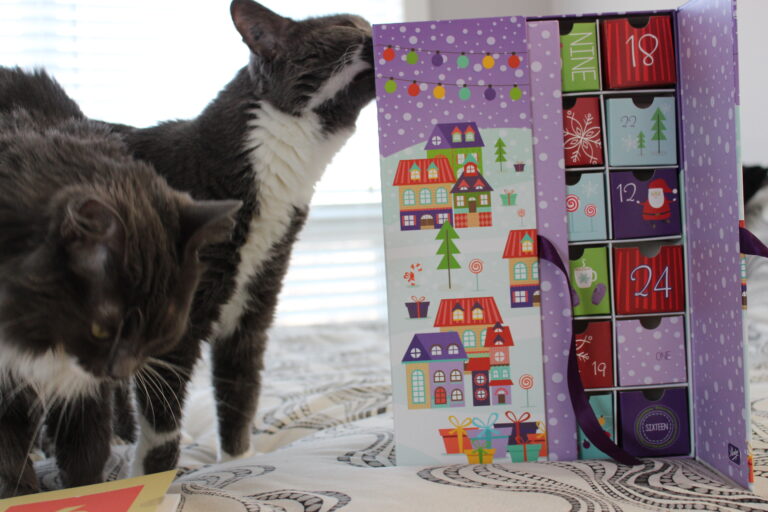

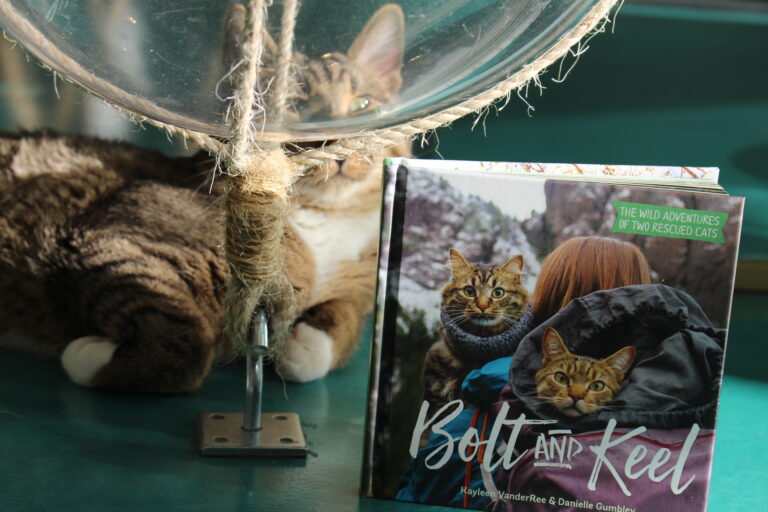
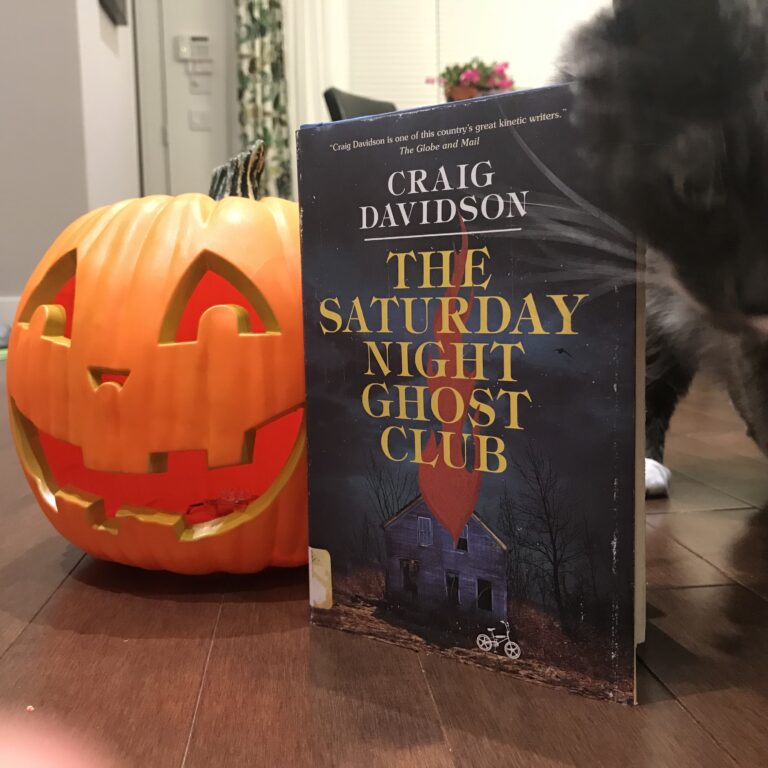
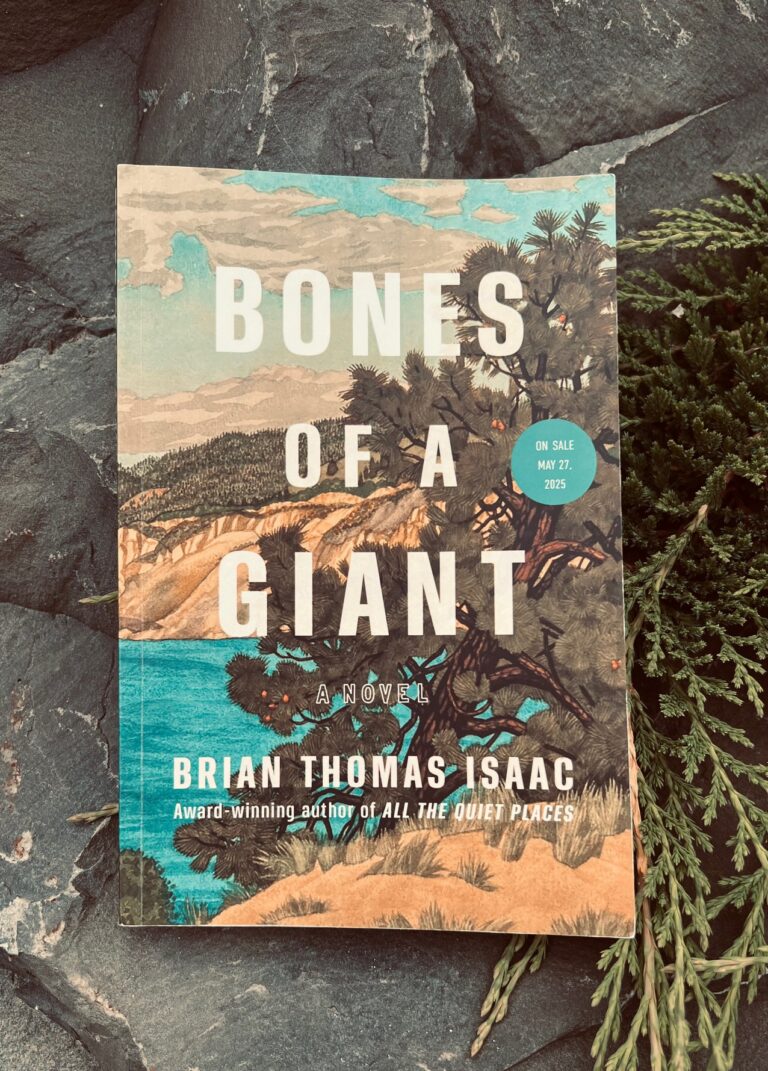
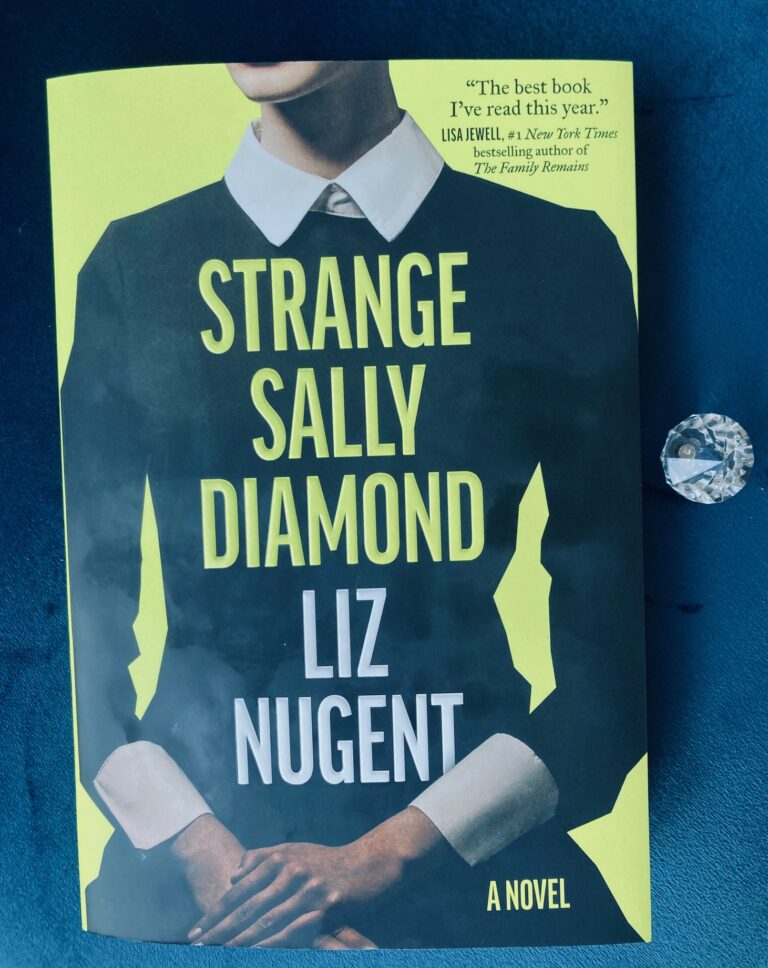
So…what you’re saying is that you have no time for witch collections unless the entire coven comes with a content warning and lotsa lotsa s*x. Gotcha. (I did read this one, way back when, but I’m afraid I don’t remember anything about it. Probably would have, had it contained what you were really looking for. hee hee /cackle)
I’ve enjoyed your seasonal posts; they make me wish I’d planned more spooky reading and posts to take part in the mood you’ve set!
Well it’s not that I need that sex stuff, but it did seem like it was kinda missing LOL
Yes the seasonal posts are fun, although by the end of October I get a bit sick of them to be honest. I’m reading lots of literary fiction and thrillers in November to cleanse my palette :)
We want the sex stuff! Okay, if it’s part of history, it seems like a glaring omission if it’s not included. I was at a used bookstore on Sunday, and I was surprised to see a nonfiction book with a title that said something to the effect of the accusers in Salem being victims. The back of the book claimed many scholars have not considered ways in which the accused were villains and the accusers were victims. I wasn’t THAT interested, so I did not buy it, but the title definitely caught my attention.
Hmmm that’s a new take? Accusers are victims? Perhaps in some cases where women were accusing other women to try to protect themselves, or figuring if they accused others it would prevent others from accusing them?